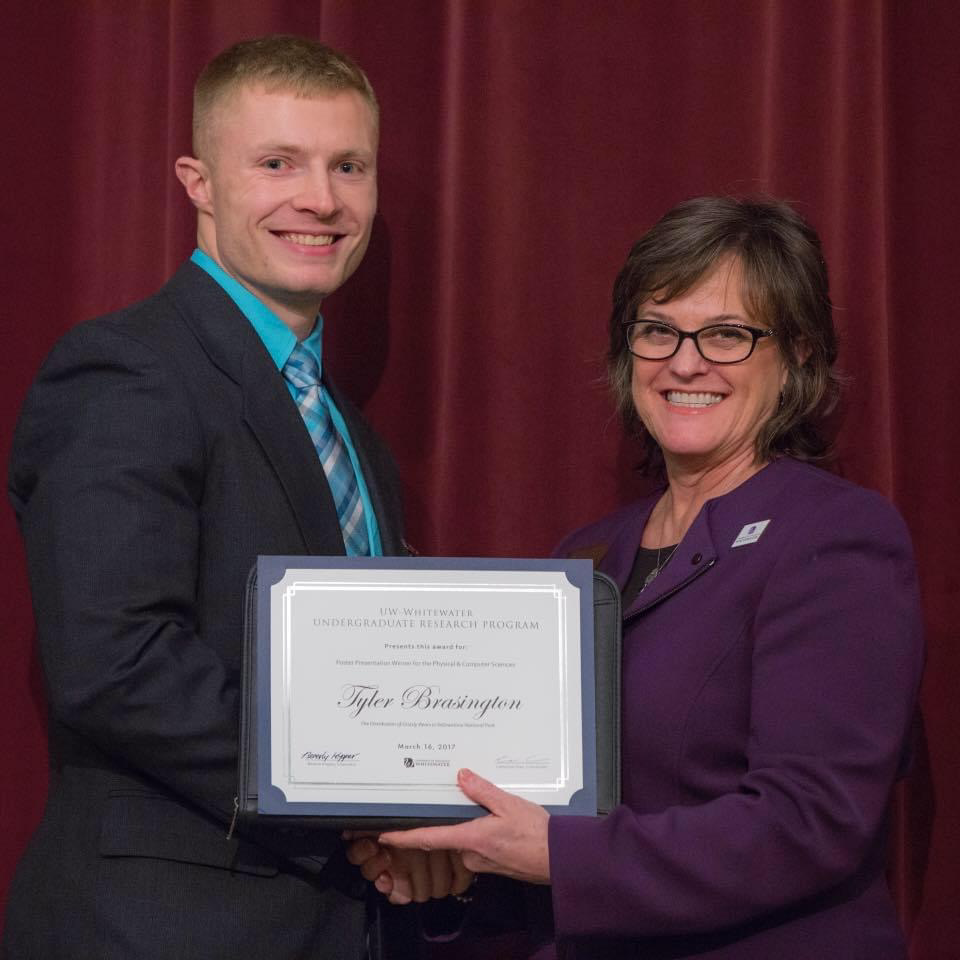|
Good afternoon everyone. I have been receiving interesting questions with regards to mortality amongst grizzlies in the Yellowstone Ecosystem; what qualifies as a probable mortality or what is a "definitive mortality." Below is a statement which may provide some clarification to those who are unsure how USGS and the Interagency Grizzly Bear Study Team operates with mortality protocol.
Additionally, if you believe a probable mortality has occurred, please use the contact tab and submit your information to my site; there are several mortalities that have taken place inside of Yellowstone NP this year, that have not been counted and incorporated into mortality database. Thank you! "On the mortality list we document known and probable mortalities from all causes for dead bears; "known" refers to mortalities "in hand" and "probable" mortalities are instances with strong evidence that a bear died even though there is no carcass in hand. For independent age bears (>=2 years of age) we estimate total mortality from all causes and report that annually. This includes an estimate of unknown/unreported mortalities using a technique that employs an estimate of reported rate from radio-collared, independent-aged bears. We typically do not instrument dependent offspring (cubs and yearlings) unless they are involved in a management action. Thus we cannot obtain an estimate of unknown/unreported mortality for dependent young. This is why we only evaluate and report human-caused losses for dependent aged bears. For losses of dependent young from radio-marked females, we do document and include on the annual mortality list when they lose cubs-of-the-year. Cubs-of-the-year (COY) separated from their mothers have a very low probability of survival. We list them as probably mortalities because we rarely get a carcass in hand, but are reasonable sure they will not survive (however, we should not that some COY do survive and recruit in to the population: our genetic data supports the fact that some COY of killed females have survived). We also have data from both marked yearlings and DNA evidence shows that about half of the yearling that are separated from their mother survive and recruit into the population. Thus for the mortality list we do not assume yearlings died when they are no longer with the mother. Recall that we evaluate only human-caused losses for cubs and yearlings. However, when we derive our estimates of COY and yearling survival, we do include as dead both COY and Yearlings that are no longer with their radio-marked mothers, even though some survive. For this reason, IGBST estimates of COY and Yearling survival rates are likely conservative because they likely overestimate mortalites and thus provide a lower survival rate. If we were to make any changes we would likely stop including probable COY losses from radio-marked females on the list. After all, we are not able to observe losses of offspring from unmarked females so, if anything, we are somewhat inconsistent in reporting probable cub losses from radio-marked females."
1 Comment
I wanted to express my gratitude for your insightful and engaging article. Your writing is clear and easy to follow, and I appreciated the way you presented your ideas in a thoughtful and organized manner. Your analysis was both thought-provoking and well-researched, and I enjoyed the real-life examples you used to illustrate your points. Your article has provided me with a fresh perspective on the subject matter and has inspired me to think more deeply about this topic.
Reply
Leave a Reply. |
AuthorTyler Brasington is a native born and raised Pennsylvanian, yet proud current Wisconsin resident. He graduated from the University of Wisconsin-Whitewater with a B.S. in Environmental Science. Currently, Tyler is pursuing his masters in Natural Resources with the University of Wisconsin-Stevens Point. He has worked in Yellowstone National Park under the guidance and supervision of Dr. George Clokey and Dr. Jim Halfpenny. Disclaimer: The information and views expressed on this page do not necessarily represent the views of the Department of Interior, US Geological Survey, National Park Service or the United States Government.
The Greater Yellowstone Grizzly Project
www.yellowstonegrizzlyproject.org © 2021 Tyler Brasington All rights reserved. No portion of this website may be reproduced in any form without permission from the publisher, or appropriate authors, except as permitted by U.S. copyright law. For permissions contact: [email protected] Archives
February 2021
Categories |
- Welcome
- Home
- About
- Submit sightings
- Family Tracker
- Publications & Research
- Natural Life History
- Cementum Age Determination for Grizzly Bears
- Nutrition & Diet
- Radio Telemetry and Wildlife Tracking
- Chemical Immobilization and Wildlife Handling
- Infectious Disease in Bears
- Effects of Wildfire on Grizzly Bears: Yellowstone 1988
- Mortality Database
- Photo gallery
- Contact



 RSS Feed
RSS Feed